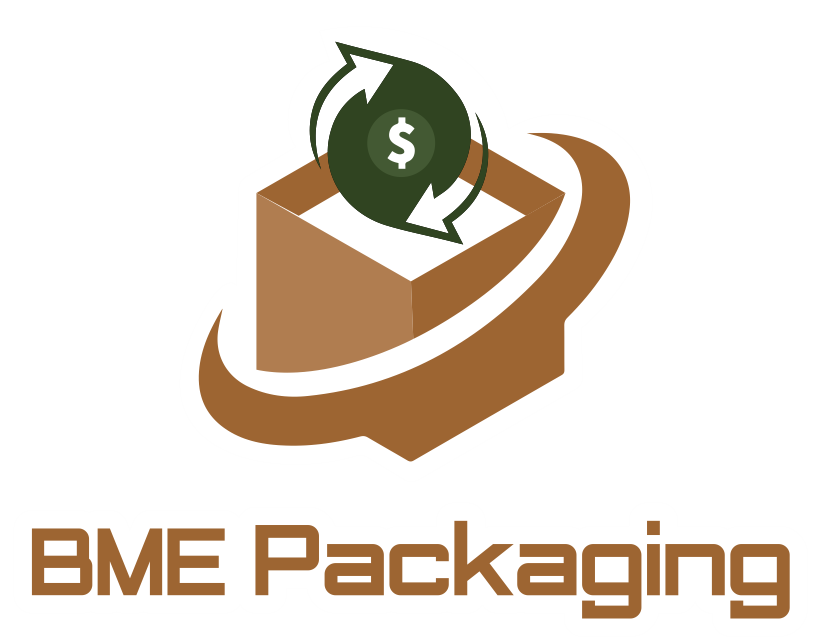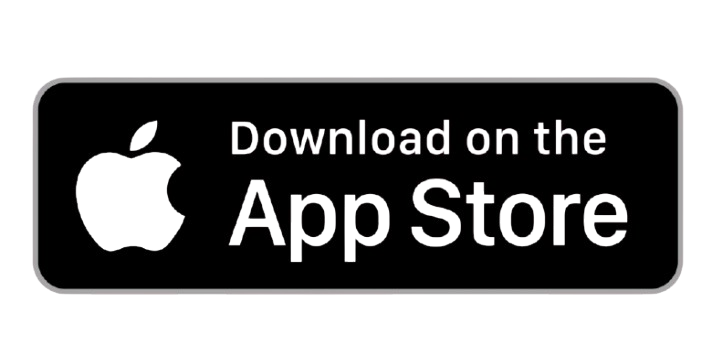1. Identifying and Segmenting User Behaviors for Triggering Engagement
a) Analyzing User Activity Data to Pinpoint Key Behavioral Signals
Effective behavioral triggers begin with a granular understanding of user actions. To identify signals that predict engagement or disengagement, leverage high-fidelity analytics platforms such as Mixpanel, Amplitude, or Heap. For instance, set up event tracking for specific actions like product views, scroll depth, time spent on core pages, or repeated visits. Use cohort analysis to discover patterns—e.g., users who spend less than 2 minutes on onboarding pages and then drop off may need targeted re-engagement triggers.
b) Creating Detailed User Segments Based on Interaction Patterns and Intent
Segment users based on behavioral signals. For example, create segments such as “Browsers” (users viewing multiple pages but not adding to cart), “Engaged buyers” (frequent visits and purchases), or “Abandoners” (users who added items but didn’t complete checkout). Use custom properties within your analytics tool to classify users dynamically—like “time_since_last_visit”, “number_of_sessions”, or “pages_visited”. This granularity allows for highly targeted triggers that align with specific user intents.
c) Utilizing Behavioral Analytics Tools for Real-Time Data Collection and Analysis
Implement real-time data ingestion by integrating SDKs (e.g., Firebase for mobile, Segment for cross-platform tracking). Set up server-side data pipelines using tools like Amazon Kinesis or Google Cloud Dataflow to process event streams instantly. This enables triggering actions based on live user behavior—such as detecting a user spends over 3 minutes on a specific feature page and then activating a tailored engagement prompt.
2. Designing Precise Behavioral Triggers Based on Specific User Actions
a) Mapping User Journey Stages to Tailored Trigger Points
Break down the user journey into stages: awareness, consideration, conversion, retention, and advocacy. For each, identify micro-moments ripe for triggers. For example, during the consideration phase, trigger a personalized FAQ prompt after a user visits a pricing page three times within 10 minutes. Use journey maps to visualize these points and align triggers accordingly, ensuring relevance and timeliness.
b) Defining Exact Conditions That Activate Triggers
Specify conditions with precision. Examples include:
- Time spent: User remains on a page for over 2 minutes without scrolling.
- Page Visit Sequence: Visit to product detail page followed by cart abandonment within 5 minutes.
- Interaction Frequency: Multiple clicks on a feature without further action.
Use logical operators (AND, OR) to combine conditions, e.g., “Visited product page AND not added to cart within 10 minutes”.
c) Developing Conditional Logic for Triggers
Implement rules like:
- If user is in segment “Abandoners” and has viewed checkout page > 3 times then send cart recovery email.
- If user has spent over 5 minutes on a tutorial and hasn’t completed it then trigger a help prompt.
Utilize decision trees or rule engines such as RulesEngine or Node-RED for complex logic management.
3. Implementing Technical Mechanisms for Behavioral Triggers
a) Setting Up Event Tracking with JavaScript or SDKs
For web, embed event tracking scripts directly into your site. For example, to track cart abandonment:
<script>
document.querySelectorAll('.add-to-cart').forEach(function(btn) {
btn.addEventListener('click', function() {
dataLayer.push({'event': 'addToCart', 'productID': this.dataset.productId});
});
});
// Track page load
window.addEventListener('load', function() {
dataLayer.push({'event': 'pageLoad', 'page': 'product'});
});
</script>Utilize existing dataLayer for Google Tag Manager or custom event emitters for SDKs like Firebase or Mixpanel.
b) Configuring Automation Platforms
Connect your event data to automation tools such as Klaviyo, ActiveCampaign, or custom workflows via APIs. For instance, in Klaviyo, create a flow with a trigger based on a custom event (“cart_inactivity”) that fires after 10 minutes of cart idleness. Use API endpoints to send real-time event data from your app:
POST /api/events
Content-Type: application/json
{
"profile": { "email": "user@example.com" },
"metric": "cart_inactivity",
"properties": {
"cart_id": "abc123",
"time_inactive": 600
}
}c) Ensuring Real-Time Responsiveness and Low Latency in Trigger Activation
Design your data pipeline to minimize delays. Use WebSocket connections or serverless functions (AWS Lambda, Google Cloud Functions) to react immediately upon event detection. For example, configure Lambda functions to listen to Kinesis streams and invoke messaging APIs without delay, ensuring users receive timely prompts or emails within seconds of trigger conditions being met.
4. Crafting Contextually Relevant Trigger Content and Actions
a) Personalizing Messages Based on User Behavior
Leverage user data to tailor content dynamically. For example, if a user abandons a cart with specific items, generate a recovery email featuring those exact products, using personalization tokens like {{ product_name }} and {{ discount_code }}. Use dynamic content blocks in your email platform to adjust messaging based on recent activity, e.g., “We noticed you left these items behind.”
b) Timing Triggers to Maximize Impact
Coordinate trigger activation with user session phases. For instance, deploy a checkout reminder within 30 seconds after cart abandonment detection, but avoid overwhelming users with multiple prompts within a short window. Use session-aware timers and throttling to prevent fatigue.
c) Creating Fallback Options for Trigger Failures or Ambiguous Behaviors
Design redundancy into your system. If email delivery fails, fallback to SMS or in-app notifications. For ambiguous behaviors (e.g., multiple rapid clicks), set debounce logic—only trigger once within a defined window. Use error handling routines in your scripts to log failures and alert your team for manual intervention when needed.
5. Testing and Validating Trigger Effectiveness
a) A/B Testing Different Trigger Conditions and Messages
Implement controlled experiments by dividing your audience into test groups. For example, compare the performance of a trigger activated after 10 versus 15 minutes of cart inactivity. Use platforms like Optimizely or VWO to run multivariate tests, and track engagement metrics such as click-through and conversion rates to determine the optimal trigger parameters.
b) Monitoring Key Performance Indicators (KPIs)
Establish KPIs like engagement rate, conversion rate, average order value, and click-to-open ratio. Use dashboards (e.g., Google Data Studio, Tableau) to visualize real-time data. Set alerts for significant drops or spikes, enabling quick troubleshooting.
c) Adjusting Trigger Logic Based on Data Insights and User Feedback
Regularly review analytics reports to refine conditions. For example, if a trigger is causing user irritation, reduce frequency or adjust thresholds. Incorporate user feedback surveys post-interaction to gather qualitative insights, then iterate your logic accordingly.
6. Avoiding Common Pitfalls in Behavioral Trigger Implementation
a) Over-Triggering Leading to User Irritation or Spam
Set limits on trigger frequency—e.g., maximum once per session or per day. Use cooldown timers and check prior trigger history before activating new ones. For instance, avoid sending multiple cart recovery emails within 24 hours to prevent annoyance.
b) Ignoring User Privacy and Compliance Considerations (GDPR, CCPA)
Ensure explicit consent for tracking and personalized messaging. Implement opt-in mechanisms and clear privacy policies. Use data minimization principles—only track necessary actions—and provide users with easy options to opt-out or delete data.
c) Failing to Update Triggers Based on Evolving User Behavior Patterns
Regularly audit your triggers—at least quarterly—and adapt to changing user behaviors, seasonality, or product updates. Use version control for trigger logic and document changes for transparency and iterative improvement.
7. Case Study: Step-by-Step Implementation of a Cart Abandonment Trigger
a) Defining the Trigger Condition
Set the condition as: “User adds items to cart and remains inactive for 10 minutes”. This involves tracking “add_to_cart” events and user inactivity timers. Use a backend flag or session variable to monitor inactivity duration.
b) Setting Up Event Tracking and Trigger Activation in Shopify + Klaviyo
Implement Shopify’s built-in checkout events with custom dataLayer pushes for cart activity. In Klaviyo, create a flow triggered by “checkout initiated” event, with a wait condition of 10 minutes, followed by an email action if no purchase occurs. Use Klaviyo’s API to send real-time event data from Shopify via webhooks or API calls.
c) Crafting Personalized Recovery Messages and Follow-Up Flow
Design tailored email content featuring the abandoned products, personalized discounts, or urgency cues like “Hurry! Your cart awaits.” Automate follow-up sequences—initial reminder after 10 minutes, second reminder after 24 hours if no purchase. Leverage dynamic tokens to customize product images and names.
d) Analyzing Results and Iterating for Improved Performance
Track metrics such as recovery rate, revenue recovered, and open/click rates. Conduct A/B tests on message content and timing. For example, compare a discount offer versus a simple reminder. Use insights to refine thresholds—e.g., extend or shorten inactivity windows—and optimize messaging frequency.
8. Reinforcing the Value of Behavioral Triggers and Connecting to Broader Engagement Strategies
a) Summarizing How Precise Triggers Enhance User Experience and Retention
Implementing well-designed, data-driven triggers creates seamless, relevant interactions that anticipate user needs. This personalization fosters trust, reduces friction, and encourages ongoing engagement, ultimately boosting retention and lifetime value.
b) Linking Back to Tier 2 «{tier2_anchor}» Insights on User Behavior Segmentation
Deep understanding of user segments enables you to craft triggers that resonate and convert. Refer to Tier 2 insights for foundational techniques on segmentation, which underpin the precision of your trigger logic.
c) Integrating Triggers into a Comprehensive Engagement Framework for Sustained Growth
Combine behavioral triggers with other channels—social, content marketing, loyalty programs—to build a cohesive ecosystem. Use analytics to measure cross-channel impact, refine your trigger strategies, and ensure alignment with your broader user engagement objectives.



